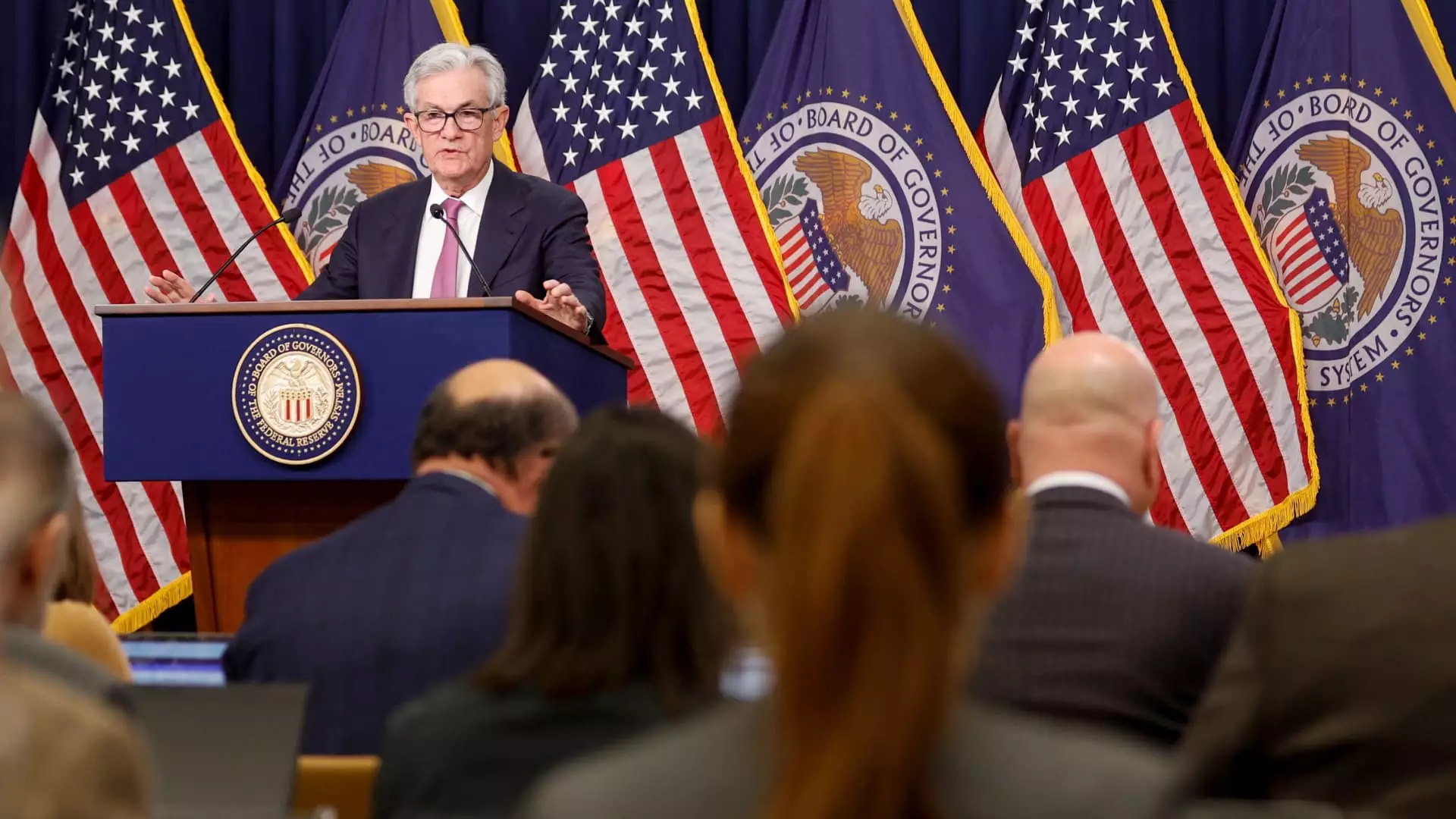As 2024 progresses, the Federal Reserve’s recent decision to lower its interest rate target three times has sparked hopeful speculation among Americans with mortgage aspirations. However, the reality might be far less optimistic. Financial experts, like Jordan Jackson from J.P. Morgan Asset Management, suggest that despite these cuts, prospective homeowners should brace themselves for mortgage rates likely to hover between 6.5% and 7%. This troubling forecast indicates that many seeking relief from high mortgage costs may be disappointed in the near term.
The relationship between Federal Reserve policies and mortgage rates is complex and nuanced. Many assume that a reduction in interest rates will inherently lead to cheaper mortgage loans. However, mortgage rates tend to be more closely tied to long-term borrowing trends, particularly the yields on 10-year Treasury notes. In recent months, these yields have risen as investors begin to anticipate expansionary fiscal policies potentially emerging from Washington by 2025. The speculation surrounding these fiscal strategies is playing a significant role in shaping the current mortgage landscape.
Understanding these dynamics requires a look back at the Fed’s past actions, particularly during the pandemic. The central bank implemented a strategy called quantitative easing, which involved extensive purchasing of assets, including mortgage-backed securities (MBS). This strategy was designed to stabilize demand and supply within the bond market, resulting in significantly lower mortgage rates during 2021, a time characterized by record-low borrowing costs. However, experts like Matthew Graham of Mortgage News Daily have criticized the aggressive quantitative easing of that period, suggesting it may have been over-ambitious.
As the Federal Reserve shifted gears in 2022 to a policy of quantitative tightening, the landscape began to change. This approach involves allowing previously purchased assets to mature without replacing them, systematically reducing the balance sheet. Such a move can apply upward pressure on the difference between mortgage rates and Treasury yields, contributing to the troubling trend of increasing mortgage rates. Experts such as George Calhoun note that this unforeseen consequence could further complicate the Fed’s efforts, making it harder for them to achieve desired economic outcomes.
With the landscape constantly shifting, the outlook for homebuyers is fraught with uncertainty. While the Fed’s actions are designed to stabilize the economy, the implications for mortgage rates remain daunting. Many potential homeowners may need to reconsider their timelines and expectations as they navigate these financial uncertainties. The interplay of fiscal policies, market dynamics, and Federal Reserve strategies creates an intricate web that will require careful monitoring as 2024 unfolds. Homebuyers would be prudent to stay informed and adaptable as they plan their financial futures in a period marked by persistent challenges.

